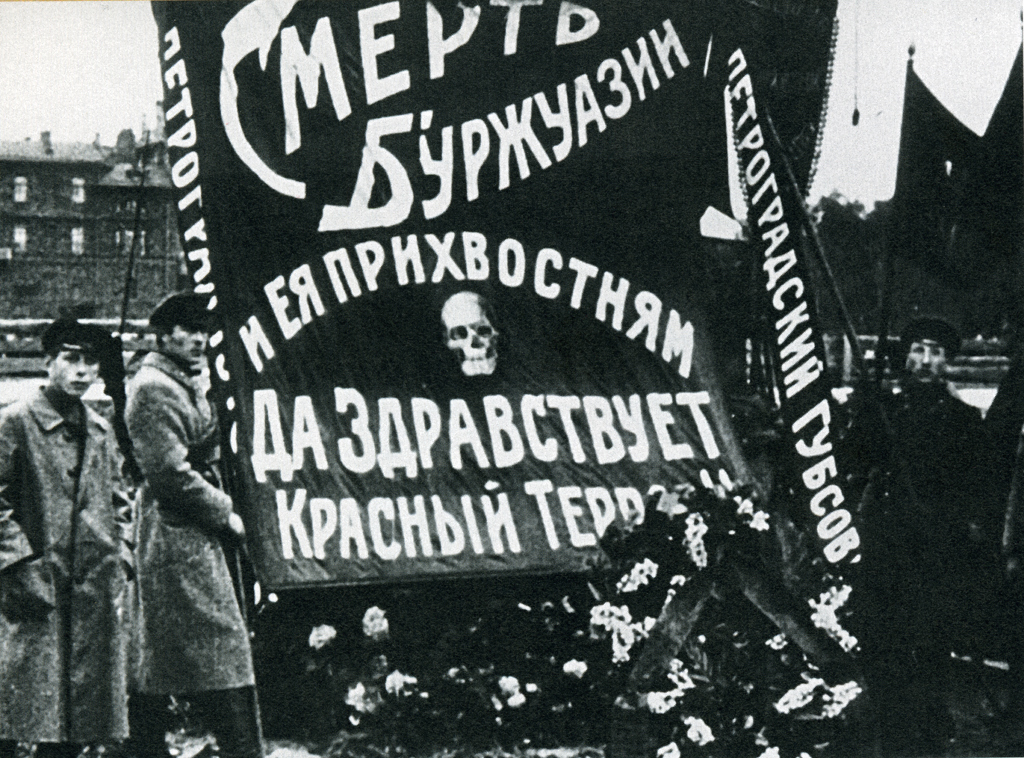Hello there!
One of the themes that I explore in Half Notes from Berlin is complicity. The Nazis were well aware of the effects of complicity and the loyalty complicity engenders, and they utilized it methodically when they targeted the Jews. Any violence committed by a Nazi loyalist against a Jew or an anti-Nazi created complicity and infinite loyalty to the regime. Everyone adjacent to the violence became complicit: the person who denounced a Jew, bought Jewish property on the cheap, or witnessed the violence and did nothing. It bonded everyone, from the perpetrator to the silent witness, to each other, and to the regime.
Ironically, the Nazis copied this strategy from the Soviets, their bitter enemy. In 1905, Vladimir Lenin directed members of the St. Petersburg Combat Committee to commit acts of robbery, arson, and other terrorist acts. Lenin was looking to ensure that the people who joined his movement would be loyal for life. As long as the robberies and arsons were committed against an “enemy” target group, Lenin’s communists would be the only people who would not consider these acts of terror a crime. Crucially, everyone else would. Thus, once a communist recruit committed a crime, their only means of avoiding prison or capital punishment was to ensure that the communists seized and held onto power.
While the Communists and Nazis utilized violence to bind their subjects to their regime on a massive scale, this sort of violence often occurred on a much smaller scale amongst armed groups. Such groups commonly use all forms of violence to generate a sense of belonging among members, sever ties to their past, and signal a commitment to the new group.
Today, the violence carried out by Russian soldiers in Ukraine has the same dimension. Many people mistake the use of terror against civilians for a military strategy. They believe the Russians are committing violent and destructive acts to intimidate the Ukrainian people and their government into granting their demands, similar to how Ghenghis Khan wielded violence during his conquests. His murderous rampages inspired terror that helped him subdue enemies without a fight. But Ghenghis Khan only terrorized enemies who refused to surrender and bend to his will. He terrorized them with shocking cruelty so that future enemies would be afraid to fight him. However, Ghenghis Khan never terrorized those who surrendered—he incorporated them into his army and treated them as equals in his empire.
Unlike the Mongols of old, Putin’s Russia does not only utilize terror to shock and intimidate its enemies into surrendering. The Russians use terror in the same way the Soviets used terror during the Soviet Revolution and their purges. Sure, the atrocities in Ukraine are not carried out as methodically as the Soviet purges in the ‘30s. But the conditions for this sort of violence are exacerbated by the Russian regime. Simply failing to supply soldiers with enough food, good winter clothes, or medicine, ensures that they will hunt for it amongst the civilian population and take it by force, committing violence along the way. No one ordered them to do that, but when they do, they inadvertently bind themselves to Putin’s regime.
Bukharin, one of the most prominent Bolshevik theorists (who himself was purged), observed “a profound psychological change in those communists who took part in the campaign [to liquidate Kulaks]. Instead of going mad, they accepted terror as a normal administrative method and regarded obedience to all orders from above as a supreme virtue. … They are no longer human beings. They have truly become the cogs in a terrible machine.”
This is why after each military setback, Putin’s Russia escalates the violence against civilians. It is not to intimidate Ukraine into surrendering, but to ensure that more and more Russians are complicit in the senseless violence. The regime only thinks about its survival, and complicity from the population is its best tool to prevent revolt from within.
Always learning from history,
B. V. Glants
PS – Like this post? Subscribe to the newsletter to receive these a month before they are published on this site: https://www.subscribepage.com/halfnotes
